The Success Code of Xiaomi Automobile and Other Products - Interpreting Lei Jun's Tencent Speech
![]() 03/17 2025
03/17 2025
![]() 591
591
Xiaomi Automobile stands as a testament to success, emerging as the fastest-growing and most stable automotive enterprise in China and even globally. Initially, I perceived Lei Jun as a marketing genius who resonated deeply with customers through sincerity. However, upon watching his 2011 speech titled "Opportunities in the Mobile Internet" at Tencent's headquarters, addressed to approximately 200 product managers, my understanding deepened significantly.
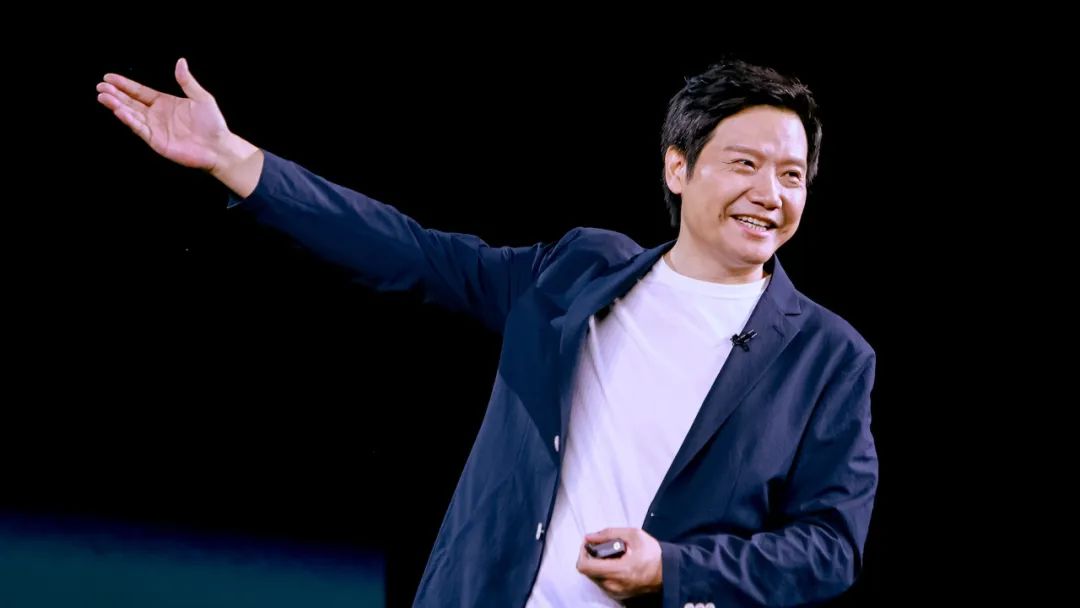
I realized that Lei Jun possesses a profound strategic insight into development trends and directions, coupled with unique positioning and methodologies in product and operational strategies. In this speech, he shared his incisive views on the development of the mobile internet and discussed future trends and opportunities. Many of the ideas and perspectives presented can inspire us in creating products and businesses. Lei Jun's way of thinking and success code are equally applicable to the automotive industry and the AI era, making it a remarkable framework for innovation.
This article will delve into Lei Jun's Tencent speech, its video content, and my insights into Xiaomi Automobile's operations. In terms of overall strategy, understanding trends and adapting to their branches is crucial. For business tactics, vertical integration, triathlon, and overall experience supremacy are essential. In product operations, the seven-word mantra of the internet—focus, extremes, word-of-mouth, and speed—holds sway. Finally, success necessitates both "10,000 hours of deliberate practice" and seizing the right opportunity. I hope this article inspires you. The original video of the speech, spanning over an hour, is available at the end of this article.
In terms of overall strategy, understanding trends and adapting to their branches is paramount. Lei Jun first articulated this viewpoint in his speech. He cited the example of the iPhone, stating that a crucial factor in Apple's success was its experience in computers and the internet, which it brought into the communications industry on a large scale, revolutionizing the mobile phone. Prior to the iPhone, mobile phones were merely communication devices. Furthermore, mobile phones were poised to replace PCs and become the most commonly used terminals, increasingly resembling PCs. This was the trend foreseen by Apple and other industry leaders in 2000, enabling them to become leaders in the mobile internet. What enabled them to foresee this trend?
The foundation of the computer and electronic era is the Von Neumann architecture. A computer computing device comprises a CPU, memory, storage, input, and output. As Moore's Law advanced, CPU, memory, and storage ceased to be issues, leaving input and output as the remaining challenges.
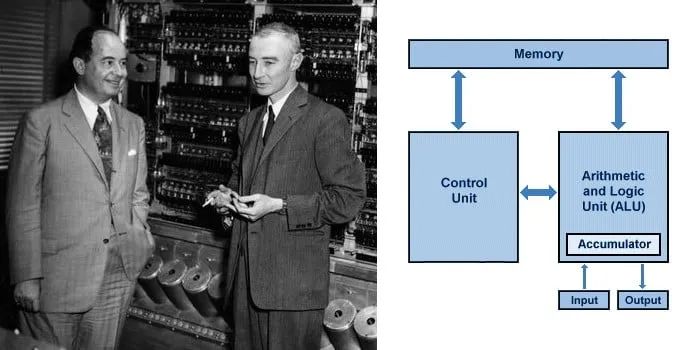
Apple integrated its PC and internet experience into the communications and mobile phone industry. Additionally, the rapid development of the computing IP and operating system ecosystem led by Arm and Android at that time bolstered mobile terminals' capabilities, making them comparable to PCs. By understanding trends and identifying the laws of benchmark industries, Xiaomi formed strategic cognitions, which it applied in the practice of both Xiaomi mobile phones and Xiaomi Automobiles. For instance, human habits are often shaped by the previous generation's environment. Lei Jun mentioned in his speech that after the iPhone's release, he bought 20 units and gave 19 to his friends. However, after three months, only he was still using it because others found the iPhone too difficult to use. They felt that the touchscreen capacitive screen was not as comfortable as a keyboard and that typing was not as convenient. Consequently, these 19 individuals concluded that the iPhone would not succeed, nor would capacitive screens.
However, Lei Jun stated that when people first started using computers, they all invested significant effort in learning the keyboard. For example, he himself spent a month rigorously practicing to type quickly and code efficiently. The conclusion here is that many of the habits we often consider are merely shaped by the previous generation's environment. Therefore, to make strategic innovations, one must be aware of these habits and step out of the inherent thinking circle to understand trends. For instance, in the current automotive environment, electrification is unstoppable. Traditional fuel vehicles, incorporating oil, liquid, machinery, and electricity, are products of the previous industrial era. Who in our generation can still see fuel equipment or oil and liquid equipment around them? Instead, electronic and intelligent devices abound.
Hence, smart electric vehicles are the solution of this era, and replacing current fuel vehicles with this solution is the trend and future. When industrial solutions and supply chains are relatively stable, high performance and cost-effectiveness prevail. Isn't this the positioning that Xiaomi mobile phones and Xiaomi Automobiles have always adhered to? In his speech, Lei Jun mentioned that under the promotion of the PC Windows architecture over the past 30 years, or perhaps due to its "poisoning," people aspire to buy the best products regardless of whether they use them or not. As the penetration rate increases, the price of the best products decreases, eventually making them affordable for everyone.
After the historical impact of the internet, the prices of general industrial products plummet significantly. This is not subject to our personal will nor is it a so-called price war; it is the current historical law. Therefore, Lei Jun's positioning is that from the outset, one must aim for the highest performance and cost-effectiveness to win, conforming to the evolution direction of product laws. This applies to both cars and mobile phones. When analyzing cars, the raw materials are steel, rubber, and electronic components. Lei Jun focused on industrial profits, but in recent practices, he has also learned from Apple by achieving high premiums through high performance.
Artistic and high-quality products cannot be easily replicated. In his speech, Lei Jun mentioned that Xiaomi's research on the iPhone revealed that the exquisiteness of iPhone icons, design tones, the comfort level of each icon, and the coordination of the entire set of icons were exceptional, making it difficult for others to copy these details. In Xiaomi Automobiles, one can trace back to Xiaomi's practice and marketing, where it emphasizes its "quality." Of course, we will not evaluate the quality of Xiaomi Automobile, but it is certain that Xiaomi aims to convey to users that its products are artistic and high-quality.
For instance, Xiaomi Automobile, from the outset, has evoked associations with Porsche and Ferrari in terms of both products and promotion, firmly anchoring itself with artistry and high quality. Additionally, at the promotional conference, Xiaomi borrowed the viewpoint of the Endless Sphere's dual-car durability test, stating that "Xiaomi SU7 is the best car in terms of quality in the seven-year dual-car durability test," implying high quality for Xiaomi Automobile. Of course, the most crucial aspect of the above product strategy is that users and the market perceive it, which Lei Jun and Xiaomi have undoubtedly achieved.
In terms of business tactics, vertical integration, triathlon, and overall experience supremacy are essential. So, how to implement this in business and product landing? Lei Jun mentioned in his speech that he was still inspired by Apple. Apple encompasses hardware, software, the internet, and services. Why does it do everything? The inspiration from Apple mobile phones is that a mobile phone is a standard component (which needs to be magnified to see). However, everyone's mobile phone can be unique because the connection between mobile phones and people is intimately tied. Only through the integration of software, hardware, and services of mobile phones can the overall product experience be effectively enhanced.
Lei Jun provided the example of Android sliding screens in his speech. Generally, Android often feels unsmooth, but iPhone feels smooth. In fact, Lei Jun broke down the sliding screen experience into multiple layers. It first involves the touch pedal, which is the capacitive screen rhythm, and involves the BSP, which is the driver of the touch pedal. Then there is the presentation layer. Android devices often feel unsmooth because Android needs to adapt to various touch pedals. If it cannot be optimized from start to finish, it is difficult to make it very smooth. This underscores the necessity of software and hardware integration, and Apple also excels in services. Consequently, Lei Jun introduced the method of the triathlon of hardware, software, and services.
He also provided an example, stating that one can do hardware to level A instead of A+ because the competition for A+ is fierce. At this juncture, software and services can be elevated to level A, ensuring that the triathlon yields success. Additionally, the most challenging aspect of the triathlon is integrating diverse talents and matching experiences within the company's DNA. Lei Jun cited the diverse talent structures of Google, Microsoft, and Apple, where many engineers are aged 40-50. Therefore, Lei Jun stated that the Xiaomi mobile phone team's talent matrix mostly originated from Motorola for hardware and Microsoft and Google for software. Moreover, the average age of the Xiaomi team at that time was 33. Xiaomi mobile phones are based on a general supply chain, with the deeply optimized and customized MIUI evolving into Xiaomi's Pengpai OS 2.
In Xiaomi Automobiles, we observe that Lei Jun sometimes appears at the test site and sometimes interacts with fans at retail stores, which actually reflects Lei Jun's layout of the triathlon in Xiaomi Automobiles.
In terms of product operation, the seven-word mantra of the internet—focus, extremes, word-of-mouth, and speed—holds sway. Similarly, in the process of benchmarking and researching Apple, Lei Jun and Xiaomi concluded that mobile phones are increasingly resembling PCs. This refers not only to products but also to the entire operation and consumption ecosystem. Lei Jun summarized the seven-word mantra of the internet: focus on an extremely limited product matrix.
Lei Jun pointed out that Apple, as a company worth nearly $400 billion, actually didn't produce a plethora of products. It sold a total of 3-4 MP3 players, 5 mobile phones, and 2 Pads. Xiaomi Automobile must adhere to the same principle, with one sedan, the su7, and the upcoming SUV, the yu7a. For instance, with the su7, Lei Jun also explored the Ultra version priced at over 500,000, utilizing the triathlon principle to build high performance and racing club services.
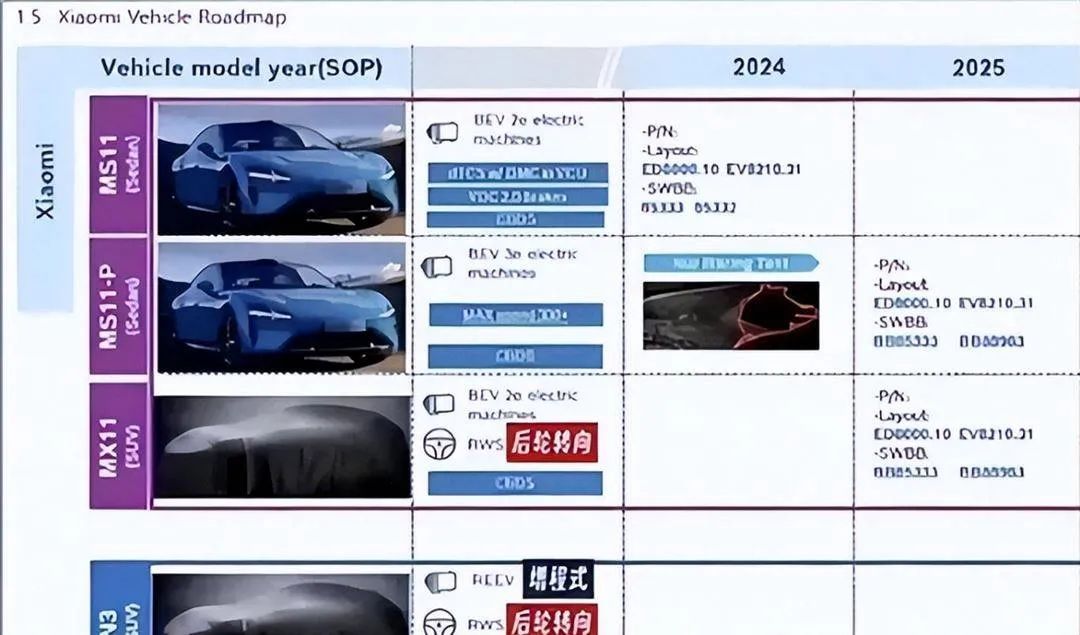
Extremes: Set standards and provide products with some of the best indicators globally. Only by pursuing excellence in each item will consumers truly appreciate it. Therefore, one can observe that the most frequent word at Xiaomi Automobile's launch event was "best." As mentioned above, the Ultra version is even more remarkable, directly adhering to the principle of racing, pushing high performance to the extreme.
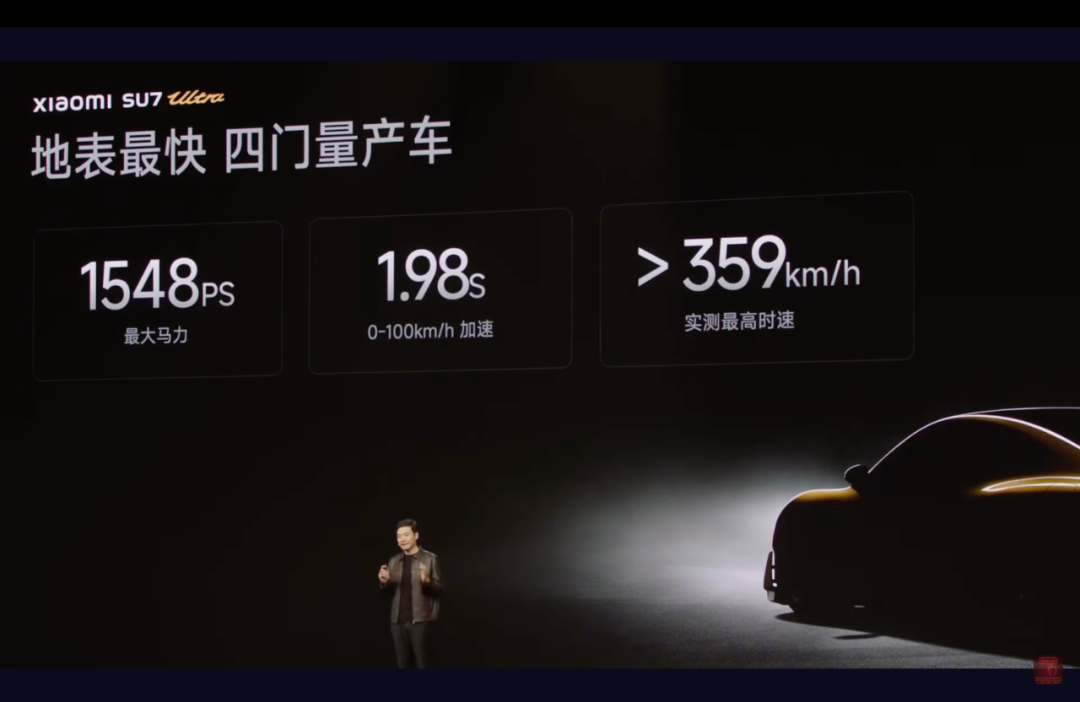
Word-of-mouth: User co-creation and online dissemination. This is even more evident in mobile phones. Firstly, extremes generate topics and initial word-of-mouth. Then, through the establishment of the MIUI community and charging consumers for testing engineering machines, a short feedback loop for user voices and co-creation is formed. Finally, this information spreads through the internet. Similarly, for automobiles, Xiaomi Su7 was launched with an extreme high-performance conference, allowing the market to ferment and spread word-of-mouth. The intelligent driving pioneer version and the internal testing mechanism are consistent with Xiaomi mobile phone formulas.
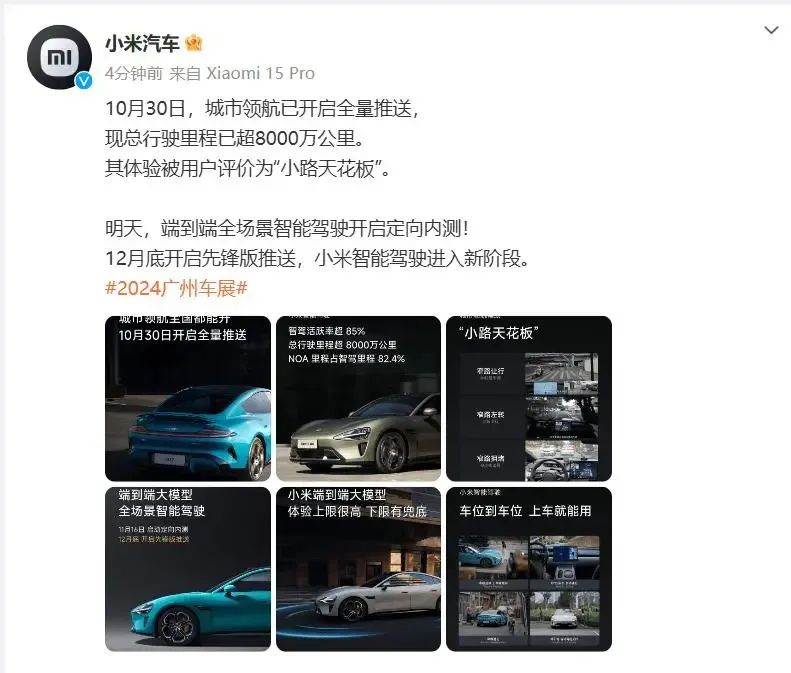
In his speech, Lei Jun specifically mentioned the invitation system, which is learned from Gmail. It is not available for purchase online and requires an introduction from a friend, known as the invitation system. Additionally, there is an internal testing system, which requires external users to test because internal testing and experience can lead to fatigue. Speed: Fast iteration. This is undeniably true. For instance, with the support of internal testing users, problems are quickly identified, and products are swiftly modified. For automobiles, OTA is utilized, and software and hardware are decoupled to achieve rapid OTA updates. The seven-word mantra of internet product operation has indeed revolutionized the traditional automotive industry.
Finally, success necessitates both "10,000 hours of deliberate practice" and seizing the right opportunity. In his speech, Lei Jun quoted research from "Outliers," stating that top achievements in any field require at least 10,000 hours of deliberate practice, emphasizing that diligence is the foundation. However, 85% of success depends on seizing trends (such as the rise of technology leaders born in 1955 during the PC era). The book "Outliers" includes an example about ice hockey. Most of the star youth players on a Canadian junior ice hockey team were born before April. In other words, those born after April in Canada basically had no chance of becoming stars in ice hockey. The reason for this actually has a lot to do with the registration time for the ice hockey league. The selection criteria for Canadian junior ice hockey teams are that teenagers who turn 9 years old by January 1 of that year can be selected for the junior team. If they are born slightly later, they have to wait another year.
Sports like ice hockey are predominantly physical, and a one-year age difference can make a significant impact. A 10-year-old playing against a 9-year-old is usually the best and most praised player on their team, receiving accolades from teachers and classmates. After rounds of selection, those born after April are all eliminated. Additionally, Lei Jun pointed out the significance of internet and IT leaders in seizing trends and opportunities.
Bill Gates, the chairman of Microsoft, was born in 1955. Steve Jobs, the founder of Apple, also graced the world in 1955, as did Eric Schmidt, the CEO of Google. In the IT industry of the United States, those born in 1954 might find themselves considered too old, while those born in 1956 might be seen as a tad too young. It seems those born in 1955 were perfectly timed to ride the wave of the Internet's development in the US.
Take heart, dear readers. When your career hits a rough patch, it doesn't necessarily mean you lack ability; sometimes, it's simply a matter of being in the right place at the right time. Now, let me share a video with you that is truly worth delving into and learning from. Unauthorized reproduction or excerpts are strictly prohibited. - References:
Lei Jun's Tencent speech in its entirety and accompanying video







